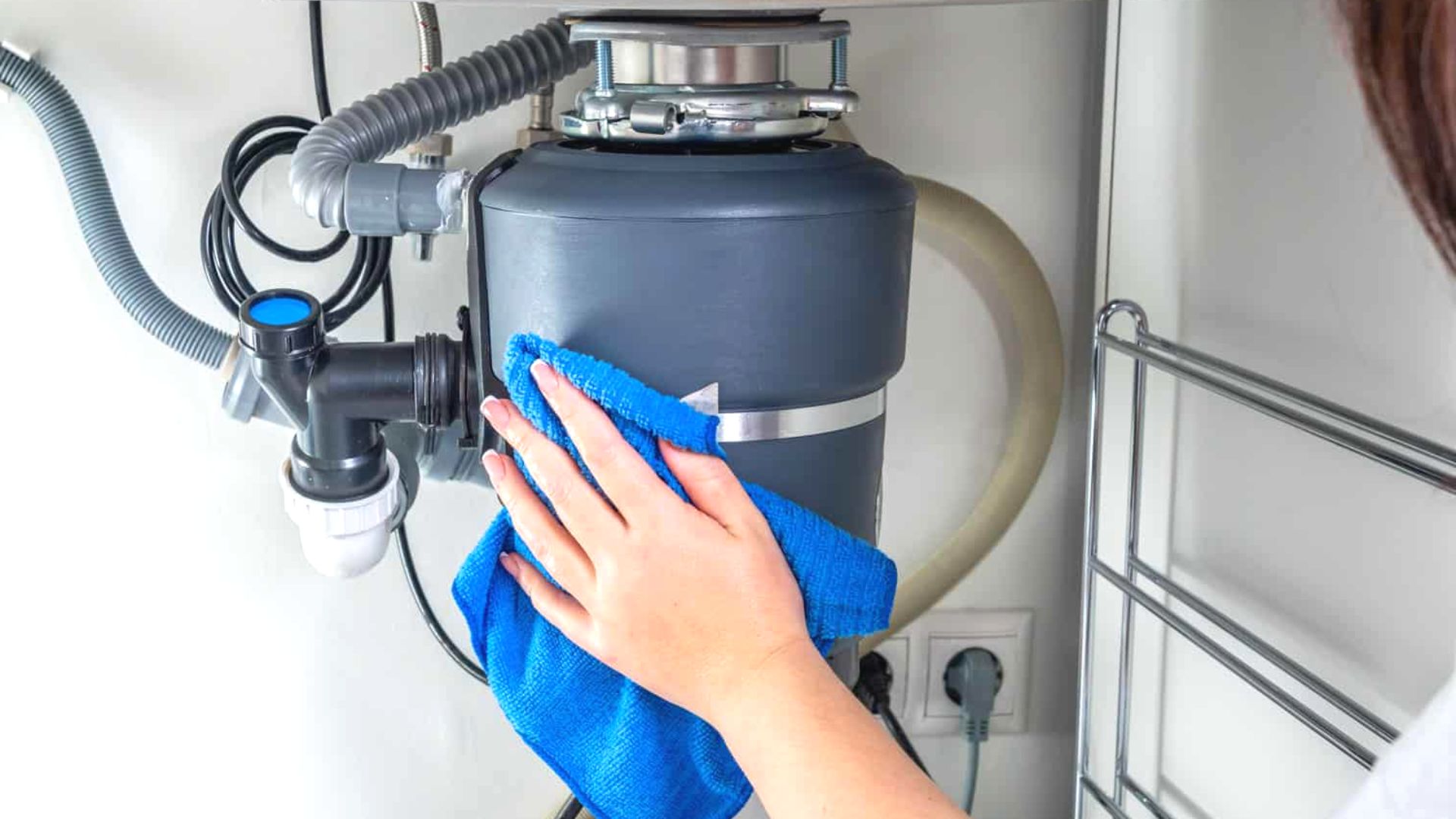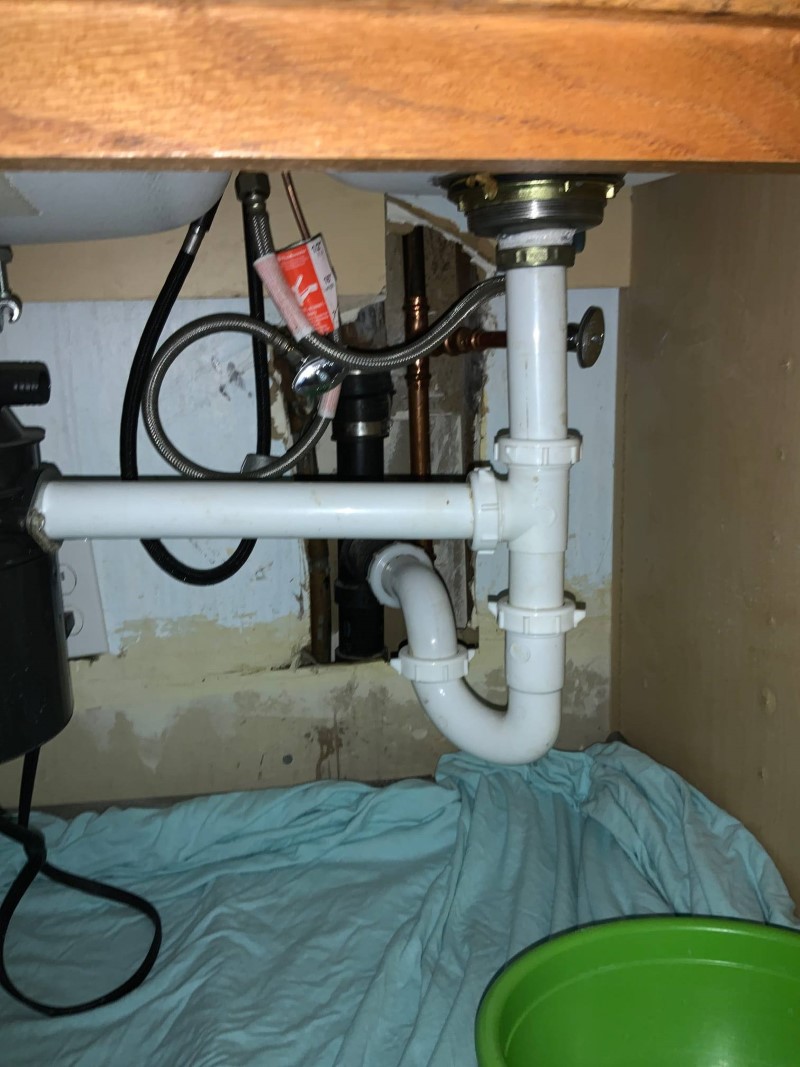Trusted Solutions for Fixing a Dripping Garbage Disposal
Trusted Solutions for Fixing a Dripping Garbage Disposal
Blog Article
Were you on the lookout for advise on Garbage Disposal Leaking From Bottom?

Garbage disposals are necessary cooking area home appliances that assist in taking care of food waste efficiently. However, a dripping waste disposal unit can be a frustrating and messy problem to handle. Fortunately, many leakages can be repaired conveniently with a few straightforward actions. In this short article, we will talk about just how to fix a leaking garbage disposal effectively.
Intro
Waste disposal unit are installed under kitchen area sinks and are designed to shred food waste into smaller sized items, enabling it to travel through the pipes system easily. While these gadgets are usually dependable, leaks can occur with time as a result of damage, loose links, or damage to the device.
Usual Causes of Leakages in Waste Disposals
Worn Seals and Gaskets
Seals and gaskets play an essential role in stopping water from leaking out of the waste disposal unit. Gradually, these parts can deteriorate, leading to leakages around the disposal device.
Loose Connections
The connections in between the garbage disposal and the plumbing system can come to be loosened in time, triggering water to leakage out throughout procedure.
Fractures or Openings in the Disposal Unit
Physical damage to the garbage disposal, such as splits or openings in the housing, can likewise cause leaks.
Recognizing the Source of the Leak
Before trying to repair a leaking garbage disposal, it is important to identify the resource of the leak. This can normally be done via visual inspection or by performing simple examinations.
Visual Evaluation
Check the waste disposal unit device meticulously for any type of signs of water leak. Pay attention to locations around seals, gaskets, and link points.
Testing for Leaks
One method to check for leakages is by running water with the disposal device and looking for any noticeable signs of leakage.
Devices and Products Needed for Fixing a Dripping Garbage Disposal
Prior to starting the repair work procedure, gather the necessary devices and materials, consisting of a screwdriver, flexible wrench, plumbing technician's putty, substitute seals or gaskets, and epoxy or patching product for fixing fractures or holes.
Step-by-Step Guide to Dealing With a Dripping Waste Disposal Unit
Turn Off the Power
Before trying any type of fixings, ensure that the power to the waste disposal unit device is switched off to avoid the danger of electrical shock.
Locate the Leakage
Identify the precise place of the leak and determine the reason.
Tighten Connections
Make use of a wrench to tighten any loose connections in between the disposal unit and the pipes system.
Change Seals or Gaskets
If the leak results from worn seals or gaskets, remove the old parts and change them with new ones.
Patching Splits or Holes
For splits or holes in the disposal device, use epoxy or an appropriate patching product to seal the broken area.
Examining the Garbage Disposal After Repair
As soon as the repair is full, test the garbage disposal by running water with it to make certain that the leak has been settled.
Preventive Maintenance Tips to Prevent Future Leakages
To stop future leaks, it is essential to carry out routine upkeep on your waste disposal unit. This consists of maintaining it clean, avoiding putting non-food items or hard things down the disposal, and occasionally looking for leakages or various other concerns.
Conclusion
Finally, dealing with a dripping waste disposal unit is a fairly straightforward procedure that can be finished with fundamental tools and materials. By adhering to the actions detailed in this article and practicing preventive upkeep, you can maintain your waste disposal unit in good working condition and stay clear of costly fixings in the future.
What to Do About a Leaking Garbage Disposal
A leaking garbage disposal often goes unnoticed until you confront a sopping cabinet, a foul-smelling puddle, or an audible drip-drip-drip from the unit. The fix can be frustrating, too, because the leak can stem from a number of components in the system. Fortunately, with a little sleuthing, you can zero in on the leak and—depending on the exact location—stop the icky oozing and repair the component that caused it. Worst case scenario, if it turns out that the garbage disposal must be replaced, installing a new one is a reasonable do-it-yourself task for those with basic plumbing skills. Read on to keep the cash you’d otherwise hand over to a pro.
Prepare to find the leak
Prior to testing the garbage disposal for leaks, unplug it at the wall outlet and turn off the power from the breaker box to prevent electrical shock. Then insert a watertight sink stopper into your sink drain and wipe the unit dry with a clean cloth. In any handy container, mix a few drops of food coloring into a few cups of water, and pour the dyed water onto the sink stopper to help you locate the leak.
Investigate the source
the top, where the disposal meets the sink drain the side, where the dishwasher hose or main drain pipe connects to the disposal or the bottom of the unit Inspect each of these locations while gliding a light-colored rag over the unit; the dyed water will readily show on the rag and reveal the location of the leak. If a leak isn’t immediately apparent, remove the sink stopper and pour a few more cups of dyed water down the sink drain, then check for leaks again. Leaks near the top of the unit are more likely to show themselves while the sink is plugged, while side and bottom leaks are more noticeable while the sink is unplugged.
The metal sink flange that sits directly inside the sink drain is typically sealed around the top with plumber’s putty (a clay-like sealant) and then secured from under the sink with bolts. If the plumber’s putty deteriorates, or the bolts loosen, the flange can no longer form a watertight seal between the sink drain and the disposal—which could cause a leak at the top of the unit.
To reseal the leaky flange, you must first detach the garbage disposal. Start by loosening the screws securing the main drain pipe to the disposal, then loosen the screws in the metal clamp securing the dishwasher hose to the disposal and detach the drain pipe and dishwasher hose from the disposal. Loosen the screws in the mounting ring that connects the disposal to the metal mounting assembly beneath the sink, then pull down the disposal and carefully set it on a clean, dry surface. Loosen the bolts in the mounting assembly with a wrench, then pull down the mounting assembly and set it near the disposal.

As a serious person who reads on Why Is My Garbage Disposal Leaking From the Bottom?, I assumed sharing that excerpt was worth the trouble. Please take the opportunity to distribute this blog entry if you liked it. We thank you for reading our article about The Handy Guide To Fixing Your Garbage Disposal Leaking.
Click Here Report this page